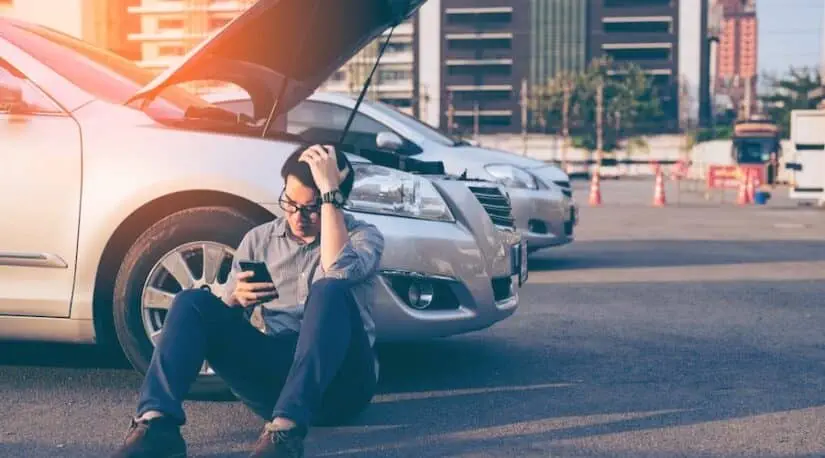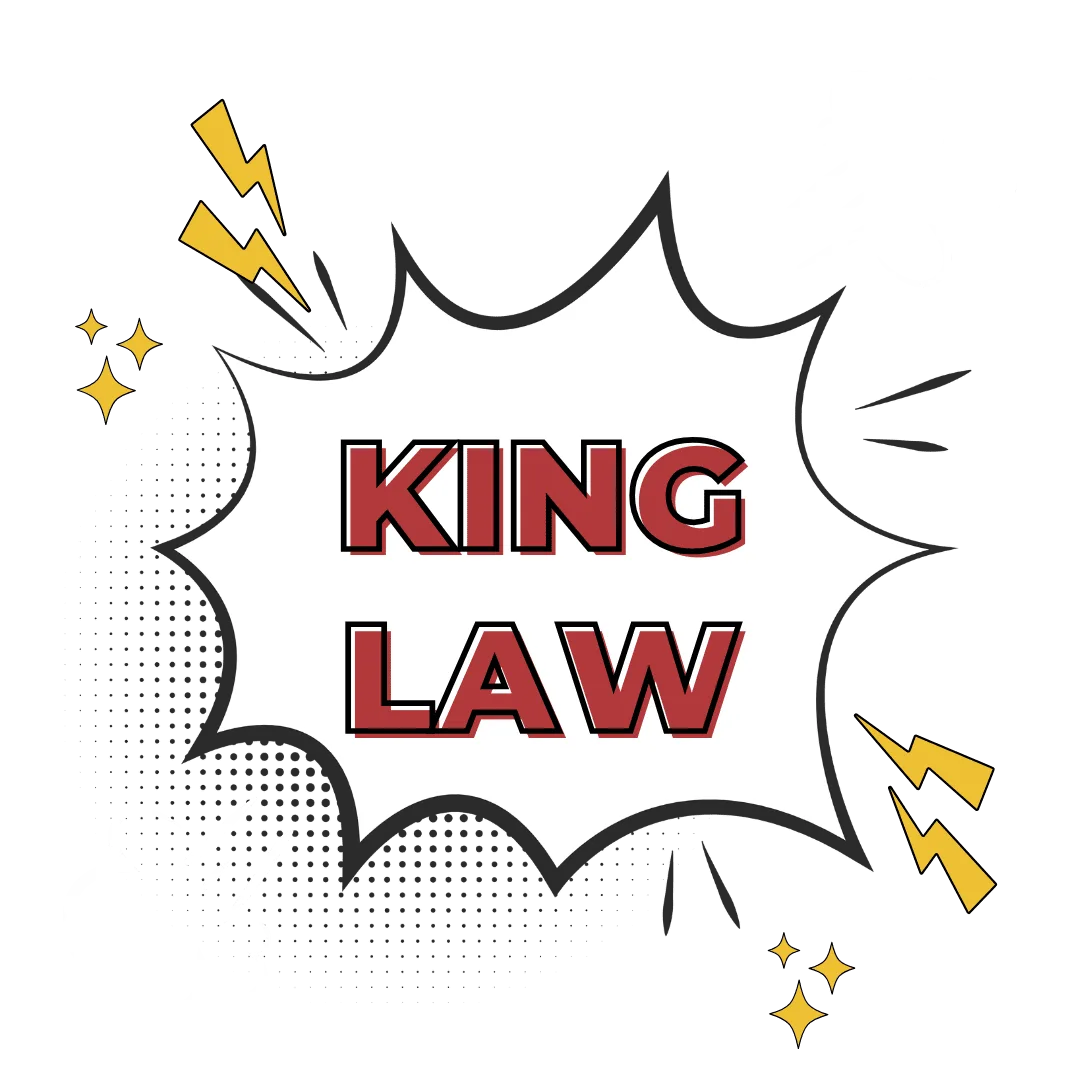T-bone accidents, also known as side-impact collisions, occur when the front of one vehicle crashes into the side of another, forming a “T” shape. These types of collisions are hazardous because the sides of vehicles offer less protection compared to the front and rear. In California, T-bone accidents are common at intersections, where drivers may disregard traffic signals, fail to yield the right of way or make sudden and unsafe maneuvers. If you have suffered injuries in a T-bone accident, it may be time to get legal representation from a trusted car accident law firm in California.
T-Bone Accident Fault Determination in California
Right of Way Rules in California
In California, the right-of-way rules play a critical role in determining fault in T-bone accidents. According to California Vehicle Code § 21800, drivers must yield the right of way to other vehicles under certain conditions. For example:
- Intersections Without Traffic Signals: If two vehicles approach an intersection without traffic signals at the same time, the driver on the left must yield to the driver on the right. Failure to do so can result in a T-bone collision, where the non-yielding driver is likely to be found at fault.
- Making Left Turns: When making a left turn at an intersection, drivers must yield to oncoming traffic until it is safe to proceed. If a driver makes a left turn without yielding and collides with a vehicle traveling straight, they would typically be at fault for the accident.
Role of Traffic Signals and Signs in California
- Red Light Violations: Running a red light is a common cause of T-bone accidents. Suppose a driver enters an intersection at a red light and strikes another vehicle. In that case, they are typically considered at fault for violating California Vehicle Code § 21453, which requires drivers to stop at red lights.
- Stop Signs: Similarly, failing to stop at a stop sign can lead to a T-bone collision. California Vehicle Code § 22450 mandates that drivers come to a complete stop at stop signs and yield the right of way to any vehicle that has already entered the intersection.
- Flashing Yellow and Red Lights: Flashing traffic signals also carry specific rules. A flashing yellow light means proceed with caution, while a flashing red light requires drivers to stop and yield before proceeding.
Shared Fault and Comparative Negligence
California follows a comparative negligence system, where fault for the T-bone accident can be divided between both drivers. The percentage of fault attributed to each driver will proportionately reduce the compensation they can recover. For example:
- Both Drivers Ignoring Signals: If both drivers involved in a T-bone accident ignored traffic signals, such as running a red light or failing to yield at a stop sign, the fault may be shared.
- Partial Obstruction or Blind Spots: If visibility was partially obstructed or a vehicle was in another driver’s blind spot, determining fault may be more complex.

Legal Options After T-Bone Crash in California
After a T-bone accident in California, personal injury victims may have several legal options to consider to recover compensation for their serious injuries.
Health Insurance Coverage in California
After a T-bone accident in California, your health insurance will typically cover your medical expenses. Still, if you have Med Pay coverage, it can be used to cover deductibles, co-pays, and other out-of-pocket costs, regardless of who was at fault. If you later achieve a settlement with the at-fault party’s insurance company, your health insurance provider may seek reimbursement (a process known as subrogation) from the settlement amount for any medical expenses they initially covered.
Optional Med Pay Coverage in California
Medical Payments (Med Pay) coverage is an optional form of insurance in California that can cover medical expenses for you and your passengers, regardless of who is at fault. Although California does not offer Personal Injury Protection (PIP) coverage, Med Pay can be used to cover reasonable immediate medical expenses, including ambulance fees, hospital visits, surgery, x-rays, and even chiropractic care.
Notably, if the policyholder receives a settlement or judgment from the at-fault driver’s insurance, Med Pay may require reimbursement for the expenses it covers. This process, known as subrogation, allows the Med Pay provider to recover its costs from the settlement.
Personal Injury Claim through a California Car Accident Lawyer
- Case Evaluation: A T-bone car accident lawyer can assess the details of your case, determine liability, and estimate the potential value of your personal injury claims. This initial evaluation is vital in understanding your legal standing and the strength of your case.
- Investigation and Evidence: Your attorney will swiftly investigate your accident and obtain evidence, such as police reports, witness statements, traffic camera footage, and any other relevant documentation. This evidence is essential to proving fault and recovering compensation.
- Negotiate a Settlement: Insurance companies often attempt to minimize payouts, but a skilled lawyer will negotiate on your behalf to ensure you receive a fair settlement. This process may involve back-and-forth discussions to reach an agreement that adequately covers all your losses.
- Go to Trial if Necessary: If a fair settlement cannot be reached, your lawyer may recommend taking the case to trial. At trial, your car accident attorney will present the evidence to a judge or jury, arguing for the maximum compensation for your medical bills, lost wages, and pain and suffering.
Common Scenarios and Locations Where T-Bone Accidents Occur
- Intersections: T-bone accidents frequently happen at intersections. One driver may fail to yield the right of way or run a red light, causing a collision with a vehicle crossing the intersection.
- Parking Lots: In parking lots, vehicles often maneuver at slower speeds, but the limited visibility and frequent lane changes can lead to T-bone accidents.
- Merging Lanes: When a driver fails to merge properly or misjudges the speed and distance of oncoming traffic, a T-bone collision can occur.
- Highway On-Ramps: Drivers entering highways may cause T-bone accidents by not yielding to traffic already on the road, leading to dangerous side-impact collisions.
Evidence Required to Prove Fault in T-Bone Accidents in California
- Eyewitness Accounts: Testimonies from bystanders or other drivers can provide crucial insights into the events leading up to the accident, such as which driver had the right of way.
- Surveillance Footage: Video recordings from nearby security cameras can offer unbiased evidence, capturing the exact moment of the T-bone collision and the actions of both drivers.
- Photos and Videos: Images taken immediately after the accident showing the position of the vehicles, location of damage, and skid marks can help establish the sequence of events and impact points.
- Police Reports: Official reports from law enforcement provide a detailed account of the accident, including observations, statements from the involved parties, and any citations issued, which can be pivotal in determining fault.
- Accident Reconstruction Reports: Expert analysis and reconstruction of the accident can provide a scientific assessment of how the crash occurred, which is particularly useful in complex cases with conflicting accounts.
Causes of T-Bone Accidents in California
- Failure to Yield: Many T-bone car accidents occur when a driver fails to yield the right of way at intersections, either due to inattention or misjudgment.
- Distracted Driving: An at-fault driver who is distracted by their phone, passengers, or other factors may not notice a stop sign or traffic signal, leading to a T-bone collision.
- Running Red Lights or Stop Signs: Ignoring traffic signals and stop signs is a leading cause of T-bone accidents, as it often results in one vehicle striking another that is legally crossing the intersection.
- Speeding: Excessive speed reduces a driver’s ability to react in time to avoid a collision, increasing the likelihood of a T-bone accident, especially in areas with frequent stops or intersections.
- Driving Under the Influence of Alcohol or Drugs: Impaired drivers have slower reaction times and poor judgment, which can lead to running red lights, failing to yield, or other dangerous behaviors that cause T-bone collisions.
Common T-Bone Accident Injuries in California
- Whiplash: The sudden impact of a T-bone collision can cause the neck to snap forward and back, leading to whiplash, one of the standard neck injuries that can result in long-term pain and discomfort.
- Head and Brain Injuries: Occupants on the side of the impact are at higher risk for severe injuries to the head, including concussions or traumatic brain injuries (TBI), due to the minimal protection on the side of the vehicle.
- Fractures and Broken Bones: When a vehicle strikes, the force of the impact can cause severe fractures to T-bone accident victims, particularly to the ribs, arms, and legs, as the body is jolted sideways.
- Spinal Cord Injuries: T-bone accidents can result in spinal cord injuries, potentially leading to partial or complete paralysis, depending on the severity and location of the injury.
- Internal Injuries: The blunt force trauma from a T-bone collision can cause internal bleeding and damage to vital organs, which may not be immediately apparent but require urgent medical attention.

Our Experienced Car Accident Attorney in California Will Fight to Maximize Your Compensation
If you or a loved one has been injured in a T-bone accident, the King Law Firm, led by renowned California car accident lawyer Kenneth King, is determined to pursue the maximum compensation for you. With over $50 million recovered for injury victims and recognized by Best Lawyers in America and Best Law Firms – U.S. News & World Report, our skilled personal injury attorney for T-bone accidents knows what it takes to fight for your rights and achieve the justice and compensation you deserve. To schedule a free consultation, call us at 805-628-4869 or contact us online.
